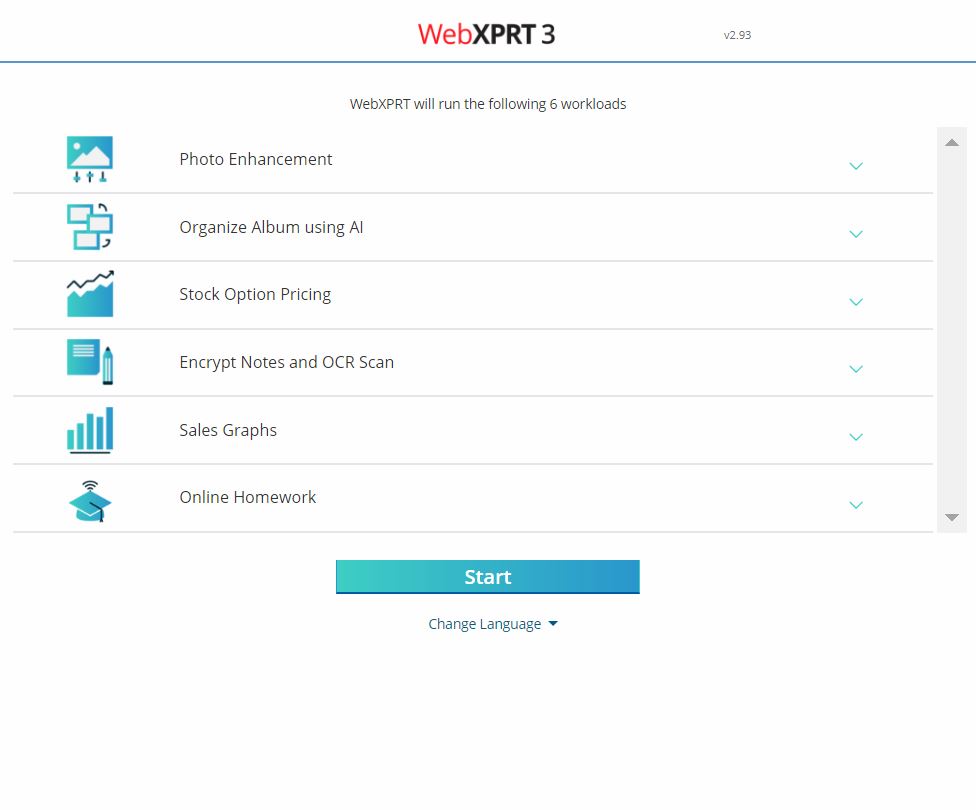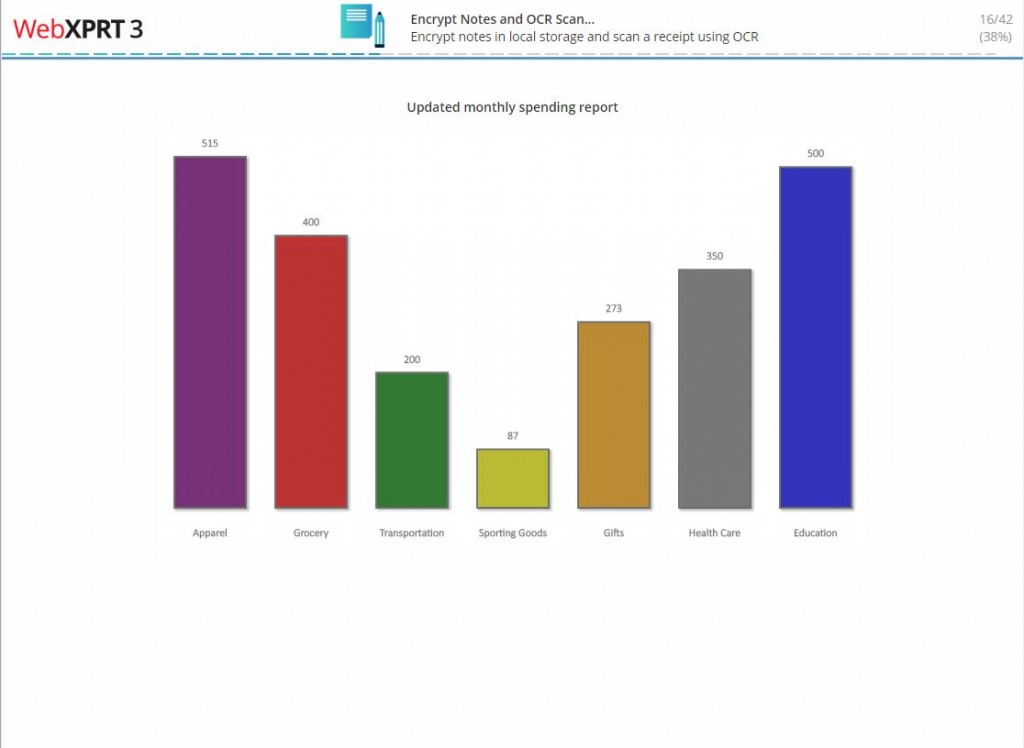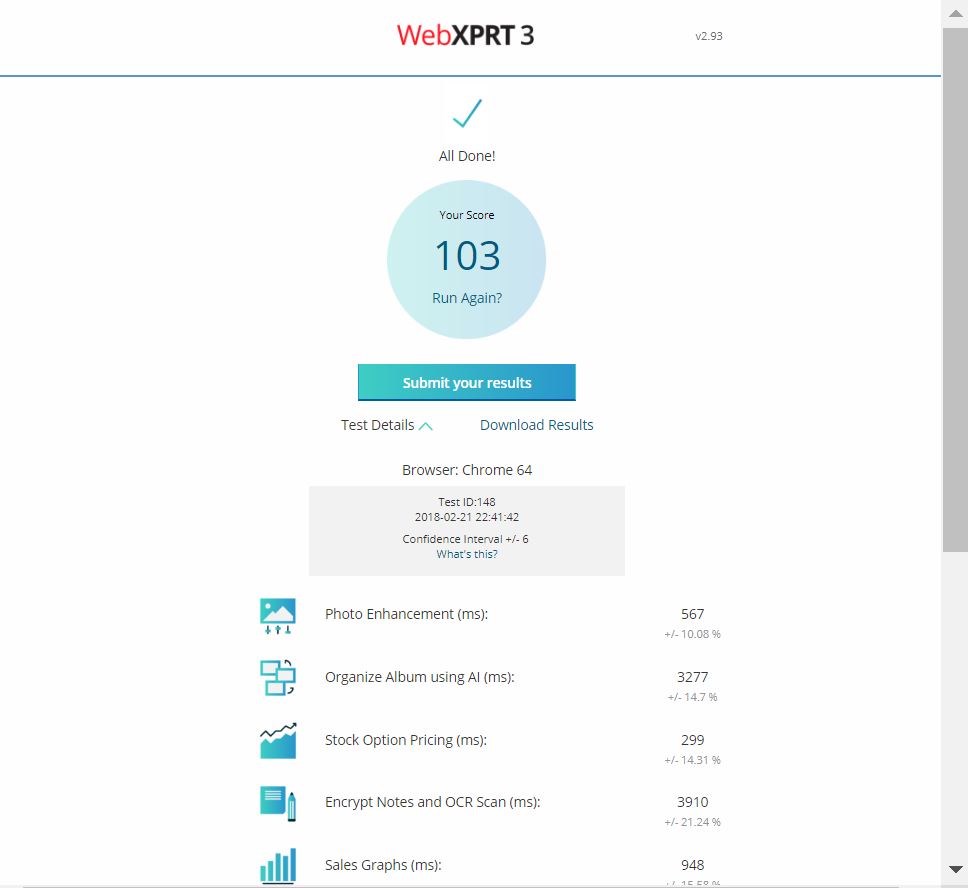Today, we’re publishing the AIXPRT Request for Comments (RFC) document. The RFC explains the need for a new artificial intelligence (AI)/machine learning benchmark, shows how the BenchmarkXPRT Development Community plans to address that need, and provides preliminary design specifications for the benchmark.
We’re seeking feedback and suggestions from anyone interested in shaping the future of machine learning benchmarking, including those not currently part of the Development Community. Usually, only members of the BenchmarkXPRT Development Community have access to our RFCs and the opportunity to provide feedback. However, because we’re seeking input from non-members who have expertise in this field, we will be posting this RFC in the New events & happenings section of the main BenchmarkXPRT.com page and making it available at AIXPRT.com.
We welcome input on all aspects of the benchmark, including scope, workloads, metrics and scores, UI design, and reporting requirements. We will accept feedback through May 13, 2018, after which BenchmarkXPRT Development Community administrators will collect and evaluate the feedback and publish the final design specification.
Please share the RFC with anyone interested in machine learning benchmarking and please send us your feedback before May 13.
Justin















